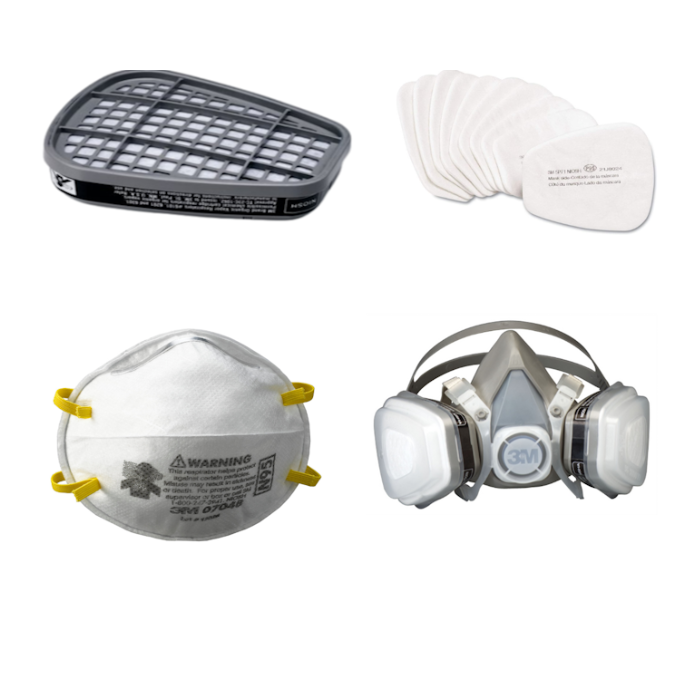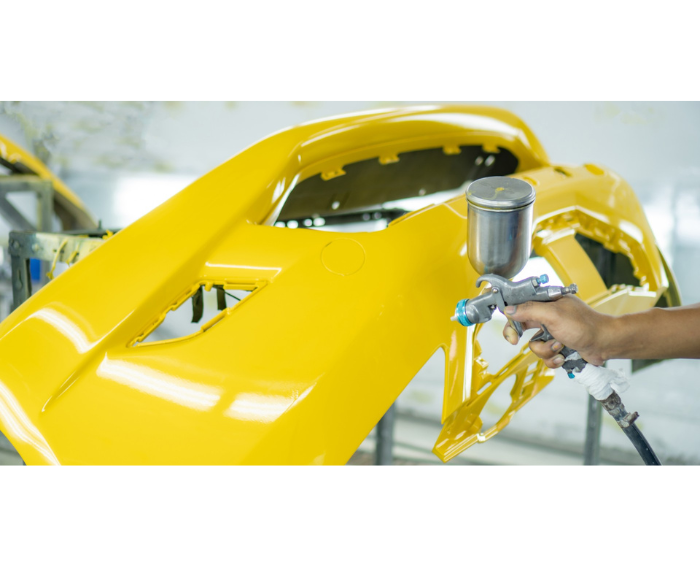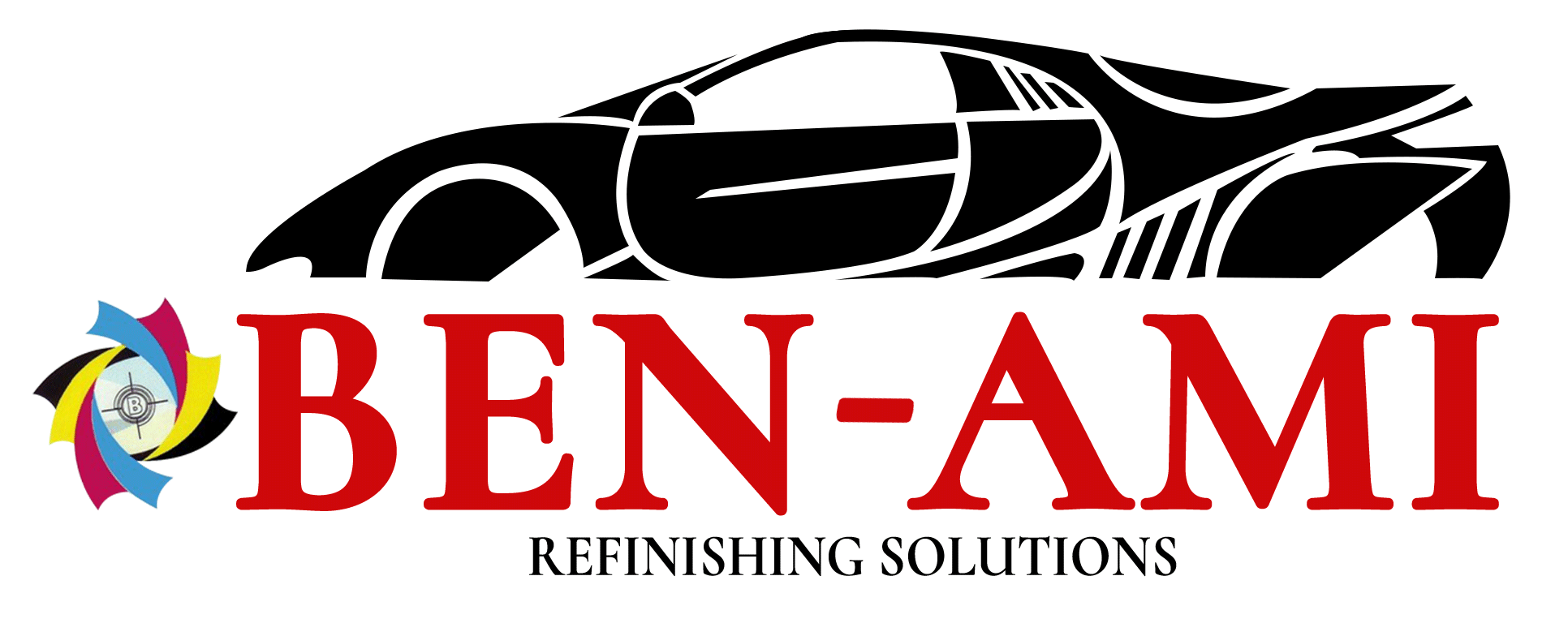How to Choose the Right Paint for Your Auto Body Shop
Selecting the right paint for your auto body shop is crucial to ensure high-quality repairs and customer satisfaction. With various types of automotive paints available, understanding their characteristics and applications can help you make informed decisions. Here’s a guide to help you choose the best automotive paint for different repairs and finishes.
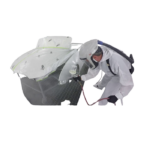
Understanding the Different Types of Automotive Paint
a. Acrylic Lacquer:
- Pros: Easy to apply, quick drying, and provides a high-gloss finish.
- Cons: Less durable, prone to chipping and fading, and requires frequent maintenance.
- Best For: Vintage car restorations and show cars where high gloss is desired.
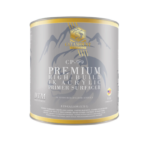
b. Acrylic Enamel:
- Pros: Durable, resistant to fading, and provides a hard finish.
- Cons: Longer drying time and requires a hardener for best results.
- Best For: Daily drivers and commercial vehicles due to its durability.
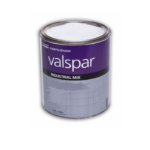
c. Urethane:
- Pros: Extremely durable, resistant to chemicals and UV rays, and long-lasting.
- Cons: More expensive and requires proper safety equipment during application.
- Best For: High-end vehicles and areas exposed to harsh conditions.
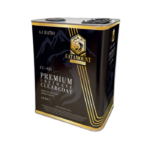
d. Basecoat/Clearcoat Systems:
- Pros: Provides a deep, glossy finish and excellent color match.
- Cons: Requires two-step application and precise mixing ratios.
- Best For: Modern cars and high-quality finishes.
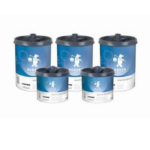
Factors to Consider When Choosing Automotive Paint
Durability:
- Assess the environmental conditions the vehicle will be exposed to. For harsh conditions, choose paints with high resistance to UV rays, chemicals, and physical wear.
Color Matching:
- Opt for paints that offer a wide range of colors and excellent color-matching capabilities. This is crucial for repair jobs to ensure consistency with the original paint.
Application Process:
- Consider the ease of application and drying time. Some paints require more complex application processes, which may necessitate additional training and equipment.
Finish Quality:
- Determine the desired finish (glossy, matte, metallic, etc.). Different paints offer varying levels of gloss and texture.
Budget:
- Balance the cost of the paint with its benefits. Higher-quality paints often come at a premium but offer better longevity and finish.
Preparing for the Painting Process
Surface Preparation:
- Ensure the surface is clean, smooth, and free of rust and old paint. Proper surface preparation is critical for achieving a flawless finish.
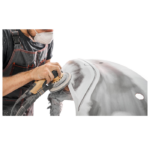 Primer Selection:
Primer Selection:
- Use a compatible primer to enhance the adhesion and durability of the topcoat. Select a primer that suits the type of paint you’re using.
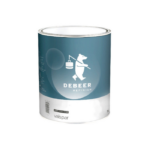
Mixing and Thinning:
- Follow manufacturer guidelines for mixing ratios and thinning requirements. Proper mixing ensures optimal performance and finish quality.
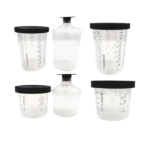
Safety Considerations
- Protective Gear: Always wear appropriate safety gear, including respirators, gloves, and goggles, to protect against harmful fumes and chemicals.
- Ventilation: Ensure adequate ventilation in the painting area to prevent the buildup of toxic fumes.
